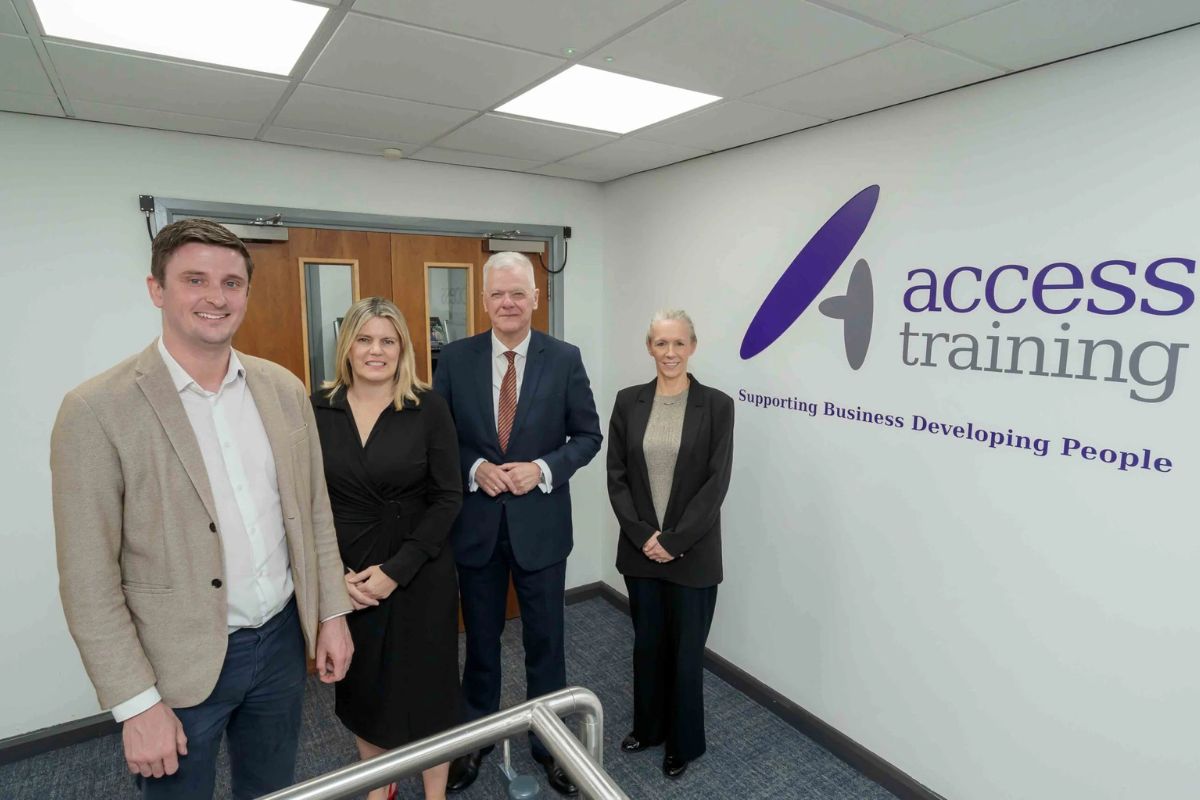Empowering Employees through Effective Training and Education: Enhancing HR Compliance Awareness

Welcome to our blog, where we’re about to delve into the fascinating world of HR compliance and how empowering employees through effective training can lead to a boost in compliance awareness. Now, I know the term “HR compliance” might sound a bit dry and overwhelming, but fear not! We’re here to break it down and show you just how empowering it can be when employees are armed with the right knowledge.
Picture this: Your organisation is like a well-oiled machine, humming along smoothly and achieving its goals with ease. But lurking in the shadows, there’s a potential threat that could throw a wrench in the works: compliance issues. From labour laws to workplace safety regulations, there’s a maze of rules and regulations that businesses must navigate to stay on the right side of the law. Non-compliance not only poses significant risks in terms of legal troubles and hefty fines but can also tarnish the reputation of even the most successful companies.
Now, here’s where our heroes, the employees, come into play. They are the backbone of any organisation, and their actions have a direct impact on HR compliance. Imagine what would happen if these incredible individuals were armed with the knowledge and tools to tackle compliance challenges head-on. Empowering employees with the know-how of HR compliance not only empowers them but also transforms them into the first line of defence against potential compliance issues.
In this blog, we’ll explore the fantastic benefits of investing in effective HR compliance training for your employees. We’ll uncover the ripple effect that employee empowerment can have on the entire organisation. From increased compliance adherence and risk mitigation to strengthened employee-manager relations, you’ll discover a treasure trove of advantages that await those who choose to embark on this journey of knowledge.
The Basics of HR Compliance
Before we jump into the nitty-gritty, let’s make sure we’re all on the same page. HR compliance refers to adhering to the laws and regulations that govern various aspects of the employer-employee relationship. From labour laws and anti-discrimination regulations to workplace safety standards, there’s a lot to cover. Failure to comply with these rules can lead to hefty fines, legal troubles, and a tarnished reputation for any company.
Employees: The Pillars of HR Compliance
Now, let’s shift the spotlight to the employees themselves. Picture this: they are the heart and soul of your organisation, and their actions significantly impact the overall compliance standing. When employees are well-informed and empowered, they become the first line of defence against potential compliance issues. Recognising their role as stakeholders in HR compliance is paramount.
The Ripple Effect of Employee Empowerment
Empowering employees with knowledge can have a profound impact on compliance adherence. When they understand the reasons behind specific policies and regulations, it becomes easier for them to follow the guidelines. Moreover, they can effectively communicate the importance of compliance to their peers, creating a positive ripple effect within the organisation.
The Many Benefits of Employee Training
Now, let’s explore the numerous benefits of empowering employees with HR compliance training.
1. Increased Compliance Adherence and Risk Mitigation
When employees are well-versed in compliance matters, they are more likely to make informed decisions and take actions that align with the company’s values and policies. This, in turn, reduces the risk of compliance violations and potential legal headaches.
2. Strengthened Employee-Manager Relations
Training sessions that include managers as well as employees foster a sense of camaraderie and mutual understanding. Managers who actively participate in training demonstrate their commitment to compliance, which builds trust and encourages employees to follow suit.
3. Boosted Employee Morale and Job Satisfaction
Nobody enjoys working in a constant state of fear and uncertainty. By investing in employee training, companies show that they care about their staff’s well-being and professional growth. This leads to increased job satisfaction and a more positive work environment.
4. Trainings for Employees
You might consider providing your employees with adequate training that would help them in their day-to-day occupational lives. Investing in training like DSE assessor training and occupational safety training would allow you to train your employees on how to ensure their well-being in the workplace. Investing in all such training programmes would ultimately increase their welfare, job satisfaction, and motivation, allowing them to invest more of their time in their work.
Crafting Effective HR Compliance Training Programmes
Now that we’ve seen the positive outcomes of employee training, let’s explore the key elements of a successful HR compliance training programme.
1. Identifying Specific Training Needs
One size doesn’t fit all! It’s essential to identify the specific compliance areas that are most relevant to different employee groups and roles within the organisation. Tailoring the training content ensures that employees receive the information that directly pertains to their responsibilities.
2. Engaging and Interactive Training Methods
Gone are the days of monotonous lectures and endless slides. Interactive training methods, such as workshops, role-playing scenarios, and e-learning modules, keep employees engaged and make the learning process enjoyable.
3. Regular Evaluation and Updates
Training should be an ongoing process, not a one-time event. Regularly assessing the effectiveness of the training programme and making necessary updates ensures that employees stay up-to-date with any changes in regulations.
Cultivating a Culture of Compliance
To truly empower employees, HR compliance should not end with training sessions. It needs to be ingrained in the very fabric of the organisation’s culture.
1. Integration into Day-to-Day Operations
Compliance should be seamlessly integrated into the organisation’s daily operations. This means that every decision, from hiring practises to project management, should consider compliance implications.
2. Encouraging Open Communication and Feedback
Employees should feel comfortable voicing their concerns and seeking guidance when faced with compliance-related dilemmas. Encouraging an open-door policy and providing multiple channels for feedback can go a long way towards creating a safe and supportive environment.
3. Recognising and Rewarding Compliance Conscious Behaviour
Positive reinforcement is a powerful tool. Recognising employees who consistently adhere to compliance standards through praise and rewards encourages others to follow suit.
4. Empowering Employees to Speak Up
Creating a safe reporting environment is crucial for uncovering potential compliance violations. Implementing robust whistle-blower policies and educating employees about these policies ensures that they can confidently report any misconduct without fear of retaliation. Provide your employees with office health and safety training to teach them about occupational safety measures. Such learning programmes help the employees learn how they can ensure their wellbeing at the workplace, and in case something doesn’t sit right with them or is affecting their wellbeing, they are quick to raise their voices.
Monitoring and Assessing Compliance Efforts
To measure the effectiveness of the training programme and overall compliance, organisations should establish clear KPIs and conduct regular compliance audits. These assessments help identify areas that require improvement and celebrate the successes achieved.
In Conclusion
Empowering employees through effective HR compliance training is a game-changer for any organisation. It not only mitigates compliance risks but also cultivates a culture of trust, transparency, and professionalism. So let’s commit to creating workplaces where employees feel confident, capable, and empowered to navigate the complex world of HR compliance. Together, we can build a brighter future for businesses and their most valuable assets, their employees.











Responses